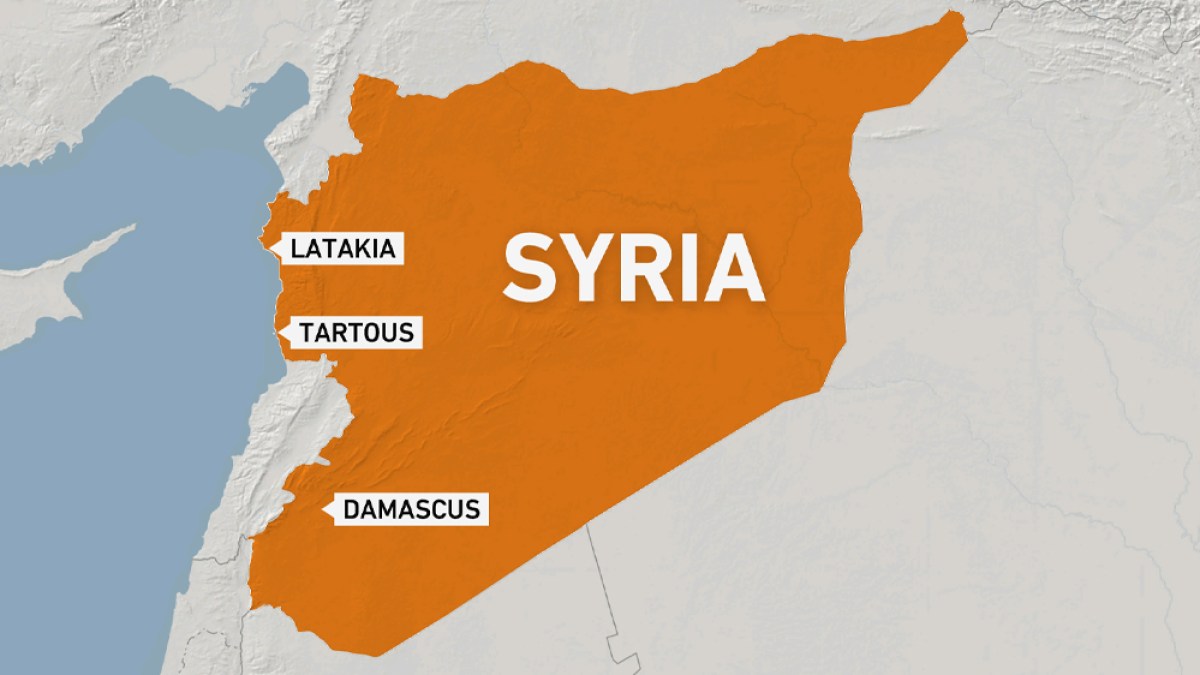Israel has struck western Syria, the Israeli military and Syrian state media have reported, in the first such aerial attack on the country in almost a month, the day after the United States envoy to Damascus said conflict between the neighbouring countries is “solvable”.
Syrian state media reported late Friday that one person was killed and three others injured by an Israeli air strike on the coastal city of Latakia.
The SANA news agency said earlier that the Israeli military targeted three sites in the countryside of the Latakia and Tartous governorates.
The Syrian Observatory for Human Rights also reported that jets likely to be Israeli struck military sites on the outskirts of Tartous and Latakia, on the Mediterranean coast.
The Israeli strike follows Syria acknowledging indirect talks with Israel earlier this month to calm tensions.
The Israeli military claimed responsibility for the strike, saying it had “struck weapon storage facilities containing coastal missiles that posed a threat to international and Israeli maritime freedom of navigation, in the Latakia area of Syria”.
“In addition, components of surface-to-air missiles were struck in the area of Latakia,” it said, adding that it would “continue to operate to maintain freedom of action in the region, in order to carry out its missions and will act to remove any threat to the State of Israel and its citizens”.
The Israeli strike came a day after US envoy to Syria Thomas Barrack’s visit to Damascus aimed at rebuilding ties under Syria’s new administration, during which he said the conflict between Israel and Syria is “solvable” and needed to start with “dialogue”.
“I’d say we need to start with just a non-aggression agreement, talk about boundaries and borders,” Barrack told journalists on Thursday.
The two countries have technically been at war since the first Arab-Israeli war in 1948. A state of heightened tension and deep enmity between Israel and Syria accelerated during the 1967 war, which also drew in Egypt and Jordan, and Israel’s subsequent occupation of the Syrian Golan Heights.
Israel has carried out frequent attacks in Syria both during the Bashar al-Assad rule and since his ouster.
Shortly before the fall of al-Assad’s regime, Israel seized more Syrian territory near the border, claiming it was concerned about President Ahmed al-Sharaa’s interim administration, which it has dismissed as “jihadist”.
During a meeting between US President Donald Trump and al-Sharaa in Riyadh, Saudi Arabia, earlier in May, the US leader urged al-Sharaa to normalise relations with Israel.
While al-Sharaa has not commented on possible normalisation with Israel, he has stated his support for returning to the terms of a 1974 ceasefire agreement that created a United Nations buffer zone in the Golan Heights.




